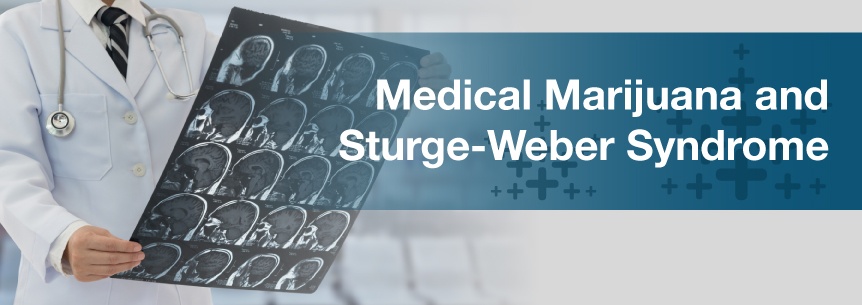
Anyone with Sturge-Weber syndrome knows the horrible symptoms it can bring on, like seizures, glaucoma, depression, anxiety and more. Treatment doesn’t cure patients with this syndrome — and while medications can help treat the symptoms, they often come with harsh side effects.
Marijuana for Sturge-Weber syndrome can be an ideal treatment to help relieve symptoms. It has fewer, and milder, side effects than other methods.
Sturge-Weber syndrome (SWS) is a type of neurological disorder that is present at birth. It causes a port-wine stain birthmark on one of the upper eyelids and the forehead. The birthmark can be different in color, from deep purple to light pink. An excessive number of capillaries just beneath the facial surface around the trigeminal nerve causes the birthmark.
Abnormal brain blood vessels may accompany SWS, as well as calcification and a loss of nerve cells of the brain’s cerebral cortex underlying tissue on the same side as the birthmark. The disorder can cause neurological symptoms, including seizures that start during infancy, and can get worse with age. Convulsions vary in severity, and often occur on the side of the body the birthmark is not on. There may also be permanent or intermittent muscle weakness on the same side.
In some cases, children will have cognitive impairment and developmental delays. Many will have glaucoma at birth, or have it develop later. The increased eye pressure associated with glaucoma can enlarge the eyeball and make it bulge out of its socket. Migraine headaches aren’t uncommon, either. SWS doesn’t typically affect any other organs of the body.
The port-wine stain on one side of the face is the most apparent indication of the disorder. Dilated blood vessels are the cause of the reddened or discolored skin.
Not everybody with a port-wine stain has the condition, but all kids with Sturge-Weber syndrome have the port-wine stain. To receive an SWS diagnosis, the child must have the stain and irregular brain blood vessels on the same side as the stain.
The abnormal blood vessels don’t always cause symptoms in some children. Some children only have the port-wine stain and no other symptoms. But in many children, they can cause:
Around 50 percent of kids with Sturge-Weber syndrome develop glaucoma in their infancy or later in childhood, according to the American Association for Pediatric Ophthalmology and Strabismus. Glaucoma is a disease of the eye usually caused by increased pressure within the eye. It can lead to sensitivity to light, eye pain, vision impairment and sometimes blindness.
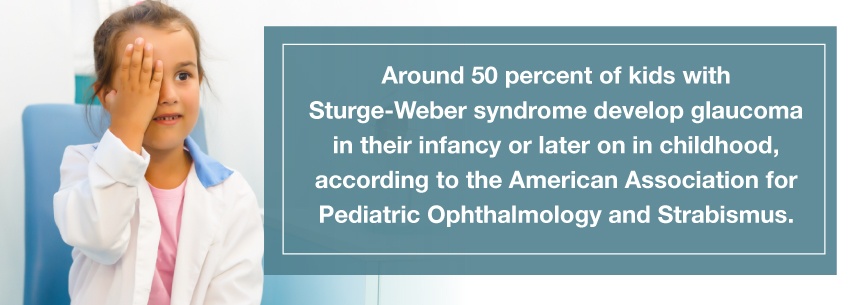
SWS results from a genetic mutation that impairs a protein called Gaq, which regulates signaling pathways for helping control the function and development of blood vessels.
Because of the mutation, the altered Gaq protein can’t do its job, leading to abnormally increased signaling. The heightened signaling likely disturbs the blood vessel development and causes excessive and abnormal vessel formation before birth in individuals with SWS.
There are three types of SWS. These are:
This type is the most common and involves brain and facial angiomas, and could also include glaucoma. Within the first year of life, seizures typically occur due to brain involvement. Furthermore, physicians ordinarily diagnose ocular involvement in the first year of life.
The eye’s white portion might appear bloodshot due to blood vessel over-proliferation on the eye. In rare situations, the brain and facial involvement occur on both sides of the head. Physical and mental development could be impaired to different degrees, depending on several factors.
The second type of SWS involves a facial angioma and potentially glaucoma, but without any evidence of intracranial disease. There’s no certain timeframe for the emergence of symptoms beyond the initial facial SWS recognition. Throughout the individual’s life, interrelated symptoms may manifest in:
Researchers need to study this type of SWS more to determine the syndrome’s course over its natural progression.
Type 3 SWS is often reported to have a leptomeningeal angioma, but without the facial involvement and typically no glaucoma. Also called “forme fruste,” this type of SWS shows up on brain scans. With a contrasting agent, before a brain scan, doctors can sometimes confuse it with other diagnoses.
SWS links with various health problems that typically develop during the first year of life.
Neurological issues might include convulsions, weakness and paralysis. These symptoms typically affect the opposite side of the body of the birthmark.
Seizures or convulsions often begin before the child turns a year old, reports the Sturge-Weber Foundation, and they could become worse with age. Infants who have seizures before they reach 2 years old might also have difficulties with learning. Convulsions typically occur on the opposite side of where the birthmark resides.
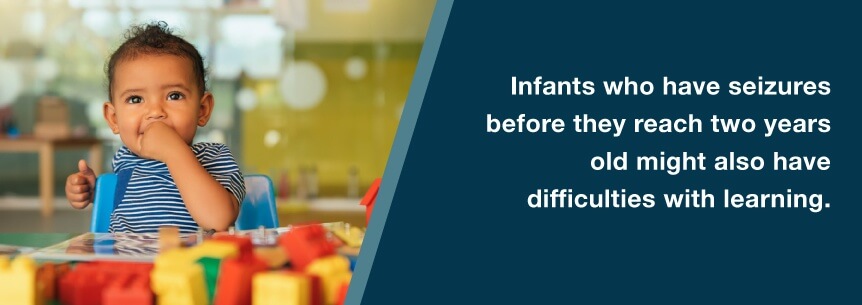
Problems related to attention-deficit hyperactivity disorder are common with SWS, and can come across as poor behavior issues. Proper neuropsychological testing can help determine the full situation, and is essential for the patient to receive optimal therapy.
SWS can affect mental health, too. For instance, 50 percent of people with SWS and “normal intelligence,” according to the UNM School of Medicine, have emotional issues such as depression, but also may experience the following:
About 85 percent of people with SWS and mental retardation have behavior issues that include aggression and violence toward others, as well as self-injurious behavior.
Key statistics about SWS, according to the National Organization for Rare Disorders, include:
Doctors can often arrive at an SWS diagnosis based on the symptoms the individual is experiencing. Infants with SWS might not always be born with the port-wine stain — it may develop after birth.
If the doctor believes a child has SWS, they’ll order imaging tests like MRI or CT scans. These tests provide the doctor with detailed brain images and allow them to check for signs of brain damage. The doctor might also perform an eye test to look for glaucoma and other eye problems.
There’s no cure for Sturge-Weber syndrome, but the doctor can treat the symptoms.
Laser treatment can lighten or remove the birthmark, even in month-old infants. Laser treatment does have some side effects and risks, however, including the following:
Anticonvulsants help prevent seizures. However, there are some common side effects of anticonvulsants, such as the following:
If the doctor can control the seizures, the prognosis improves. Unfortunately, this is not typical. If the disorder affects both sides of the brain, it’s harder to treat, and the outcome is worse.
If anticonvulsants don’t work, and the symptoms are only affecting one side of the brain, a surgeon can perform a hemispherectomy to surgically disconnect the affected part of the brain. In some cases, a surgeon performs a surgical removal of epileptic brain tissue. Side effects of surgery may include the following:
The doctor will carry out a complete eye test regularly due to the high risk of glaucoma. The patient should follow up regularly into adulthood. The doctor might prescribe eye drops or, in severe cases, it may be necessary to undergo surgical intervention.
The doctor might recommend physical therapy to strengthen the patient’s muscles.
The child might need specialized or individualized education if there’s a developmental delay.
Recent neuroimaging, molecular neuropathologic and clinical studies are providing new insights into Sturge-Weber Syndrome’s neurological aspects. Neuroimaging, in particular, plays a significant role in diagnosing and managing SWS.
Researchers have made recent discoveries concerning SWS’ genetic pathogenesis. Additionally, they’ve made recent advances in the management of two of SWS’ common ophthalmic manifestations: glaucoma and diffuse choroidal hemangioma.
Furthermore, clinical trials on Sturge-Weber syndrome may offer more insight into the disorder.
Cannabidiol (CBD) — a cannabinoid in marijuana without psychoactive properties — has been shown to have potential antioxidant, anticonvulsant and neuroprotective actions in studies.
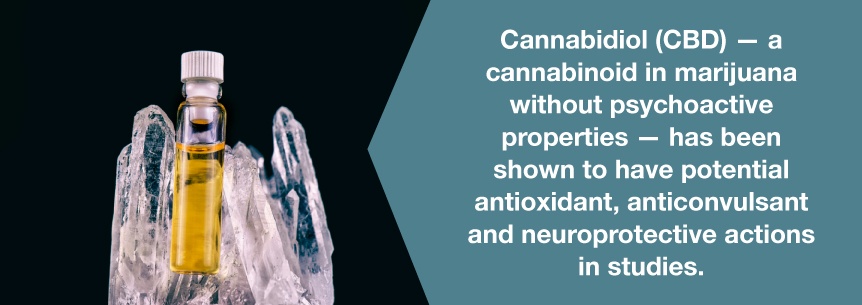
In one study involving five subjects, at week 14, two of the subjects — three with bilateral brain involvement — had a greater than 50 percent reduction in seizures. They also had an improved quality of life overall. Three of the subjects did report mild side effects from the CBD. Nevertheless, the study suggests CBD might be a well-tolerated supplementary medicine for the management of seizures.
In another study, researchers treated 20 children with a cannabis oil medicine containing a ratio of 50-to-1 CBD to THC. All the subjects in this study had Dravet syndrome, a type of drug-resistant epilepsy that can cause up to 1,000 seizures each month. Initially, the children received small cannabis oil doses. The researchers increased the dosage slowly over several weeks. Eight of the 20 children eventually made it to the target dose.
Researchers in the study said the results were encouraging. They claimed the CBD oil showed beneficial effects, including a decrease in seizure frequency and improvements in quality of life and certain aspects of adaptive functioning.
The medication was more effective in the kids who reached the target dose. Those who did so experienced a substantial reduction in seizures and more seizure-free days than those who did not reach the target dose. Most of the children experienced mild side effects, including sleepiness, diarrhea and loss of appetite. However, all these improved over time.
Medical marijuana as a Sturge-Weber syndrome treatment can help with symptoms such as:
Doctors have recommended medical weed to treat glaucoma and muscle pains, both of which are symptoms of SWS. Marijuana as a Sturge-Weber syndrome treatment can help with hypothyroidism and its symptoms.
Medical cannabis helps reduce seizures and has now gained acknowledgment and support from organizations like the Epilepsy Foundation and the American Epilepsy Society as a potential treatment.
You can easily find a variety of helpful SWS strains at dispensaries, each of which has different effects. You should talk with a budtender and your medical marijuana doctor to help you decide which ones would best alleviate your specific symptoms. However, here are some suggestions.
Strains for headaches include:
Strains for glaucoma include:
Strains for seizures include:
Strains for depression include:
Strains for anxiety include:
As an alternative to smoking marijuana, here are some other cannabis consumption methods you might want to try.
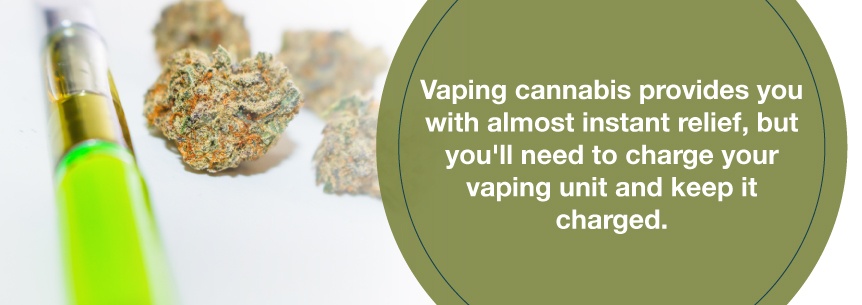
Not everyone experiences bothersome side effects from ingesting cannabis, but you may develop red eyes, a dry mouth, giddiness, drowsiness or hyperactivity while under the influence of marijuana.
You will need to check your state laws before starting your cannabis treatment, as not all states allow individuals to use medical marijuana. Browse our extensive list to find a marijuana doctor who can help you qualify and get you treated.
We provide extensive resources you can use to obtain more information about conditions, strains, products and medical cannabis-related news. MarijuanaDoctors.com offers a wide range of medical pot resources both doctors and patients can benefit from. Marijuana as medicine is a fairly new concept to many people, so chances are good that many questions will arise. Our resources page can help answer most of them.
Once you’ve checked out our resources, you can book an appointment with a doctor and search our directory of dispensaries to buy your products.
Find A Doctor Find A Dispensary